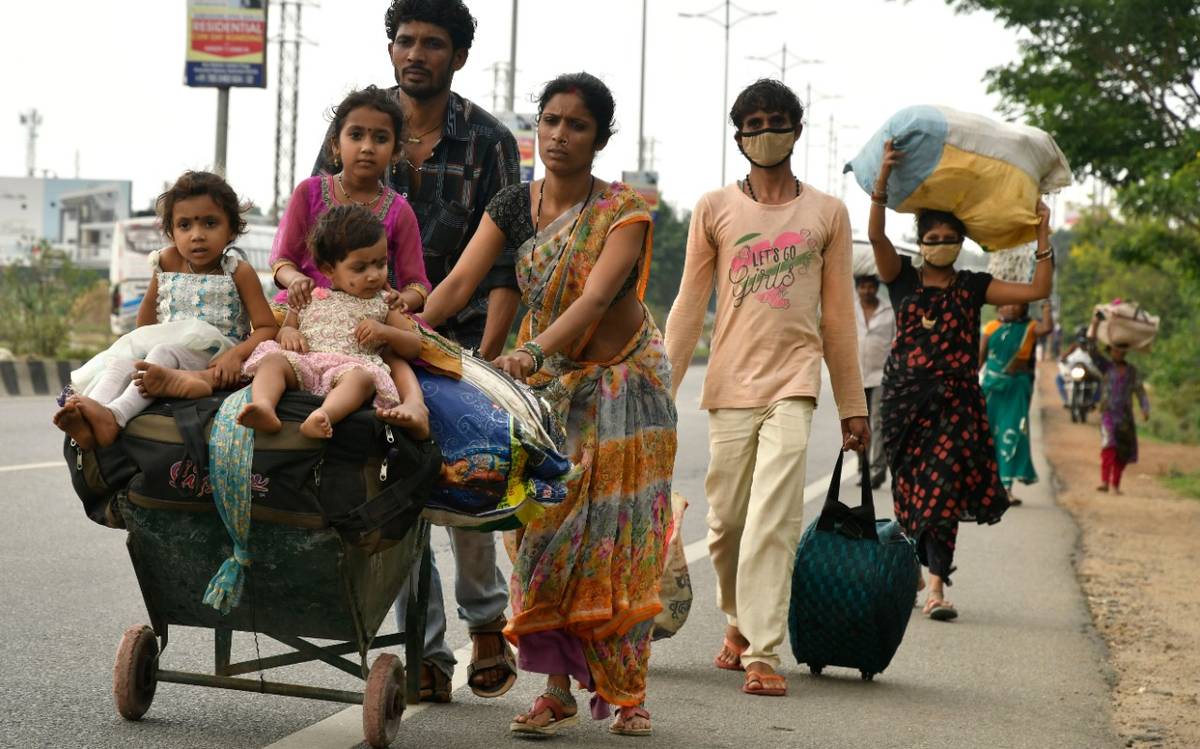India’s lockdown has been eased by dividing the country into red, orange and green zones, with high, medium and minimal infections so far, and correspondingly tough curbs on economic activity. This can at best be a very temporary measure. Beyond two or three months, it will mean economic disaster without avoiding high deaths. Optimists hope the disease will peak and fall after June. If it continues — as is most likely — the best policy will be to ease curbs even in red and orange zones, along with precautions and behavioural changes.
Given India’s natural crowding in streets and markets, plus several people sleeping in one room, I greatly doubt the disease can be controlled quickly through lockdowns or zoning. Besides, as I wrote last week, global experience shows that lockdowns have caused non-Covid deaths to rise almost as fast as Covid deaths because of neglect of other diseases, postponement of cancer screening and elective surgeries, and fear of going to infected hospitals. So, lockdowns can kill almost as many as the virus.
I fear COVID-19 will continue into 2021. Even partial lockdowns for more than a few months in red and orange zones accounting for 88% of GDP can kill most of India’s 60 million small enterprises that sustain millions. After July, at the latest, we should lift all but minimal restrictions in all zones. That means learning to live with COVID, as we do with TB, malaria and other diseases while popularising social distancing and masks, isolating the aged, and using innovations like plexiglass partitions in offices and mass transport.
Global experience suggests that alcohol-related deaths are 5% of the total, far more than COVID is likely to cause. Yet India has relaxed liquor sales to get extra revenue, and the Supreme Court has even advocated home delivery of liquor! Beedis are mass killers yet taxed lightly to protect jobs. If we can live with deadly diseases like TB and malaria, with deaths from alcohol, tobacco, transport and workplace accidents, it may be no riskier to live with COVID, staving off economic disaster.
Optimists say India is handling COVID well with barely 60,000 infections and 2,000 deaths against 1.4 million and nearly 80,000 respectively in the US. This is because of a later start, very little testing and hence a huge underestimation of infections and deaths, and maybe some immunity through vaccinations. But as testing is rising, casualty figures are rising exponentially.
What if the virus persists beyond July? Please admit that the lockdown approach (including zoning) has failed, and so switch to minimal restrictions plus trying for improved social behaviour and innovations to reduce travel and workplace risks.
Data on industrial production and GDP for the lockdown month of April will come only after a lag. The quickest indicator is the purchasing managers index (PMI), estimating changes in orders of managers buying goods or services. A PMI over 50 signifies an increase in orders and below 50 a decrease. A bad month typically has a PMI of 49 or 48.
But in April, thanks to the lockdown, India’s PMI for manufacturing crashed to 27.5, from 51.8 in March. The services PMI crashed from 49.3 to just 5.4, a world record low. CMIE data suggest unemployment soared to 25% even while labour participation fell. April was an utter disaster. People can make sacrifices and survive with handouts for a few months but not more. Economic activity must resume.
Some easing of the lockdown, possibly the strictest in the world, has begun within graded zones. But the red zones create 43% of GDP, and even with the new relaxations, will be 50% closed. The orange zones with another 38% of GDP will be 30% closed. Since companies even in orange and green zones require components from red zones, the economic disruption will remain massive. The virus is still spreading fast, so economist Neelkanth Mishra estimates that red zones will expand from 130 districts to 181. The answer can’t be to keep shutting down more and more districts.
Assuming COVID peaks in June, followed by a sharp economic revival, the IMF estimates India’s GDP growth at 1.9% in 2020. The IMF admits that if the disease persists, growth could be 3% lower. Moody’s estimates zero growth. Anantha Nageswaran of the PM’s economic advisory council says the worst case could be minus 3%.
By contrast, GDP rose 3.9% even in the recession of 2008. Yet the resulting bankruptcies hit our financial sector so hard that banks have not yet recovered. Imagine how badly minus 3% growth will wreck already-crippled banks. COVID panic must not blind us to the consequences of a prolonged shutdown.
This article was originally published on the Times of India website on 10th of May 2020. It can be accessed here.
Read more: Corona Threat Could Spark a Mega Recession
Post Disclaimer
The opinions expressed in this essay are those of the authors. They do not purport to reflect the opinions or views of CCS.






